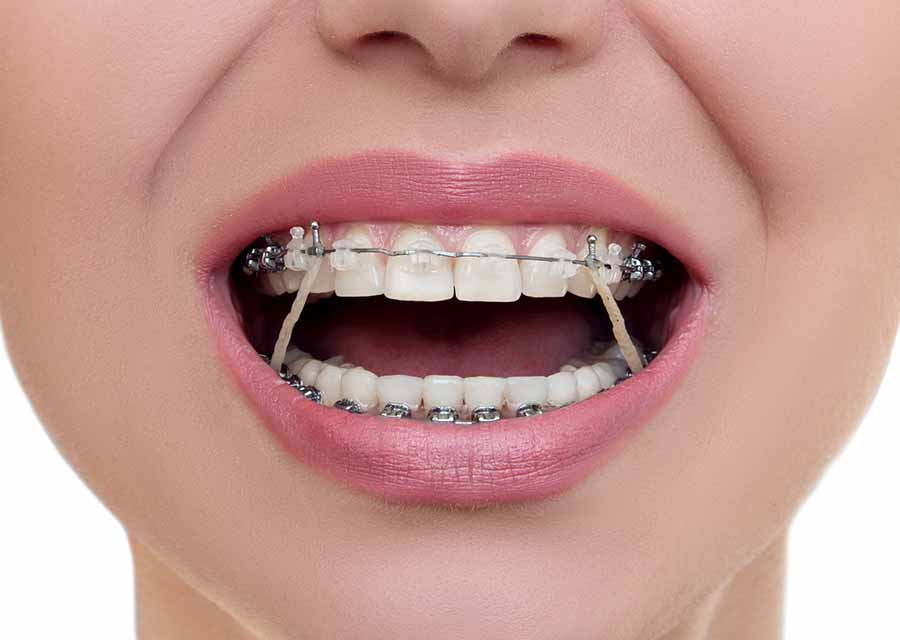The Best Strategy To Use For All Star Family Orthodontics
The Best Strategy To Use For All Star Family Orthodontics
Blog Article
All Star Family Orthodontics Fundamentals Explained
Table of ContentsFascination About All Star Family OrthodonticsThe Facts About All Star Family Orthodontics UncoveredAll Star Family Orthodontics - QuestionsAll Star Family Orthodontics Can Be Fun For AnyoneAll Star Family Orthodontics Things To Know Before You Get This

In addition, we provide adjustable therapy timetables, flexible payment choices and an enjoyable, pleasurable experience.
An orthodontist is a dentist trained to identify, stop, and treat teeth and jaw irregularities - https://nj-state.cataloxy.us/firms/nj-old-bridge/allstarfamilyortho.com.htm. They fix existing conditions and are trained to determine issues that may develop in the future. Orthodontists work with individuals of every ages, from youngsters to grownups. Individuals usually link a perfect smile with excellent wellness.
Malocclusion, or misaligned teeth, can cause oral issues, including dental caries, gum tissue condition, and challenging or excruciating chewing. Not every person is birthed with straight teeth. If you have a bad bite or large rooms between your teeth, you might desire to seek advice from a dentist focusing on orthodontic care.
What Does All Star Family Orthodontics Mean?
(Picture Credit Scores: DigitalVision/Getty Images) Orthodontists use fixed and detachable dental devices, like dental braces, retainers, and bands, to alter the position of teeth in your mouth. Orthodontic therapy is for dental abnormalities, including: Misaligned teethBite issues, like an overbite or an underbiteCrowded teeth or teeth that are as well far apartJaw misalignmentThe objective of orthodontic treatment is to improve your bite.
A healthy bite ensures you can consume, chew, and talk appropriately. While you may think about orthodontists as mostly for youngsters or teens who require dental braces, they can remedy oral problems at any kind of age. Orthodontists go to university, dental school, and orthodontic college. After college graduation, they spend 2 or 3 years in an orthodontic residency program.
, however not all dental experts are orthodontists. They focus on two areas: Exactly how to effectively and safely relocate teeth Just how to correctly guide growth in the teeth, jaw, and faceOnce an orthodontist has actually finished training, they have the alternative to come to be board licensed.
All Star Family Orthodontics Things To Know Before You Get This
Misalignment, or malocclusion, is one of the most usual reason individuals see an orthodontist. It is hereditary and is the result of size differences in between the upper and lower jaw or in between the jaw and teeth. Malocclusion causes tooth congestion, an askew jaw, or uneven bite patterns. Malocclusion is usually treated with: Your orthodontist affixes steel, ceramic, or plastic square bonds to your teeth.
If you have only minor malocclusion, you might be able to make use of clear dental braces, called aligners, as opposed to typical braces. Some individuals need a headwear to help relocate teeth content into line with pressure from outside the mouth. After dental braces or aligners, you'll need to put on a retainer. A retainer is a personalized gadget that maintains your teeth in location.

You might need to see an orthodontist if you have: Crowding or otherwise enough area for all of your teethOverbite, when your top teeth come over your bottom teethUnderbite, when your base teeth are also much forwardSpacing or problems with gapsCrossbite, which is when your upper teeth fit behind your base teeth when your mouth is closedOpen bite or a vertical space between your front base and top teethMisplaced midline, when the center of your base and top teeth do not line up Dealing with a dental malocclusion can: Make biting, eating, and talking easierImprove the symmetry of our face and your general appearanceEase discomfort from temporomandibular joint disordersDifferent your teeth and make them easier to clean up, aiding avoid tooth degeneration or cavities It's usually a dental practitioner who first notifications misaligned teeth throughout a routine examination.
All Star Family Orthodontics - Questions
During your very first orthodontic appointment, you'll likely have: A dental examPhotos taken of your face and smileDental X-raysPanoramic (360 level) X-rays of your face and headImpressions to develop mold and mildews of your teethThese tests will certainly aid your orthodontist understand how to wage your treatment. An orthodontist is a dentist that's had training to treat your teeth and jaw.
Orthodontists may execute surgical procedure, exams,X-rays, - orthodontistand more to help you achieve a more comfy, much healthier smile. An orthodontist is concentrated on your bite, so something like a chipped tooth would certainly be dealt with by a dental practitioner. Orthodontists are dental professionals but not all dental experts are orthodontists. Orthodontists are focused on your bite, or the method your teeth meshed, and the straightness of your teeth.

By meticulously assessing these aspects, the orthodontist can identify any kind of misalignments, crowding, spacing concerns, or jaw discrepancies. As soon as a clear photo is established, the orthodontist will discuss individualized therapy alternatives.
The Best Strategy To Use For All Star Family Orthodontics
While braces are one of the most generally identified orthodontic treatment, orthodontists have a diverse toolkit at their disposal. The specific technique chosen depends on the severity of the instance, the client's age, and specific choices. These tried-and-true dental braces use a system of brackets bonded to the teeth and connected by cords.
These detachable trays are customized to progressively move the teeth's setting. In cases of narrow jaws, palatal expanders can be used to produce room for correct tooth placement.
Report this page